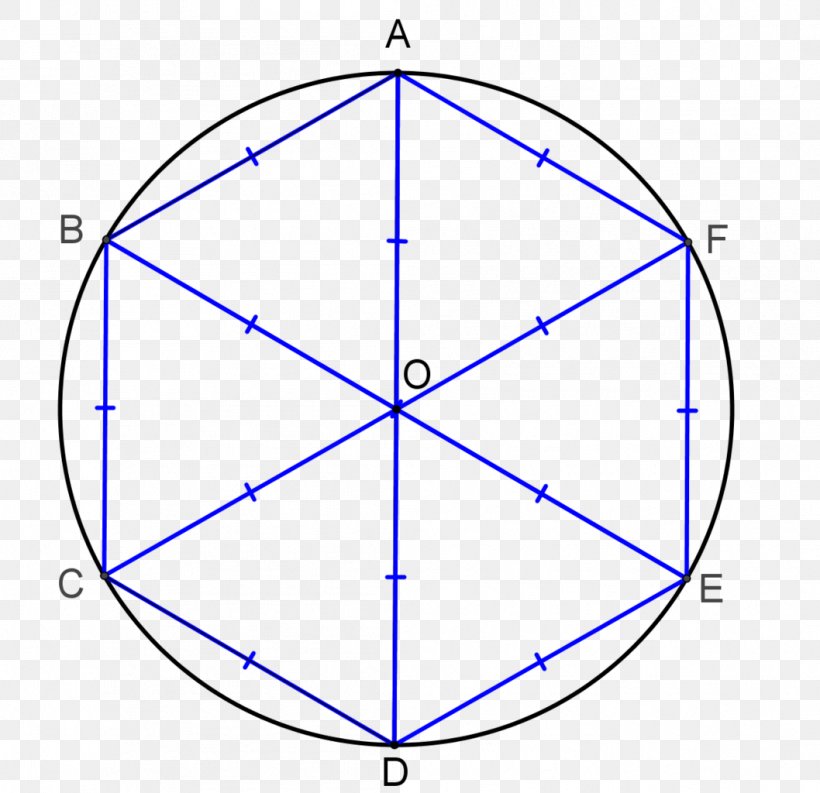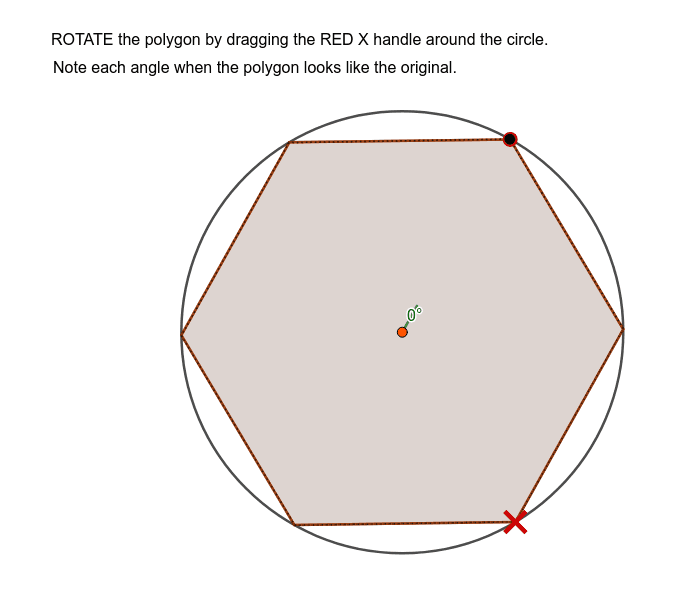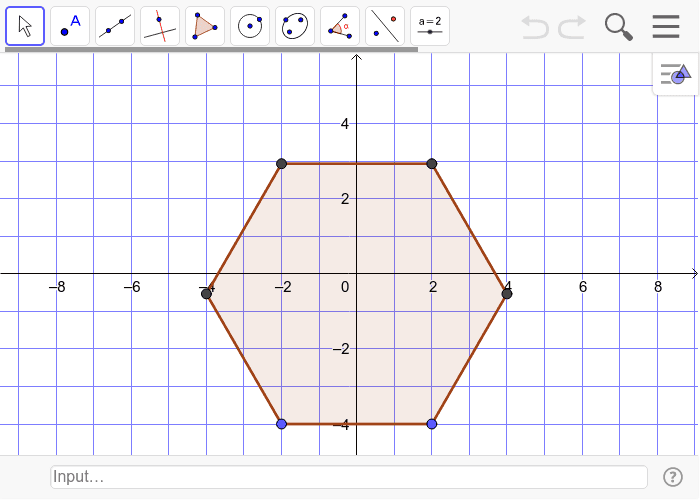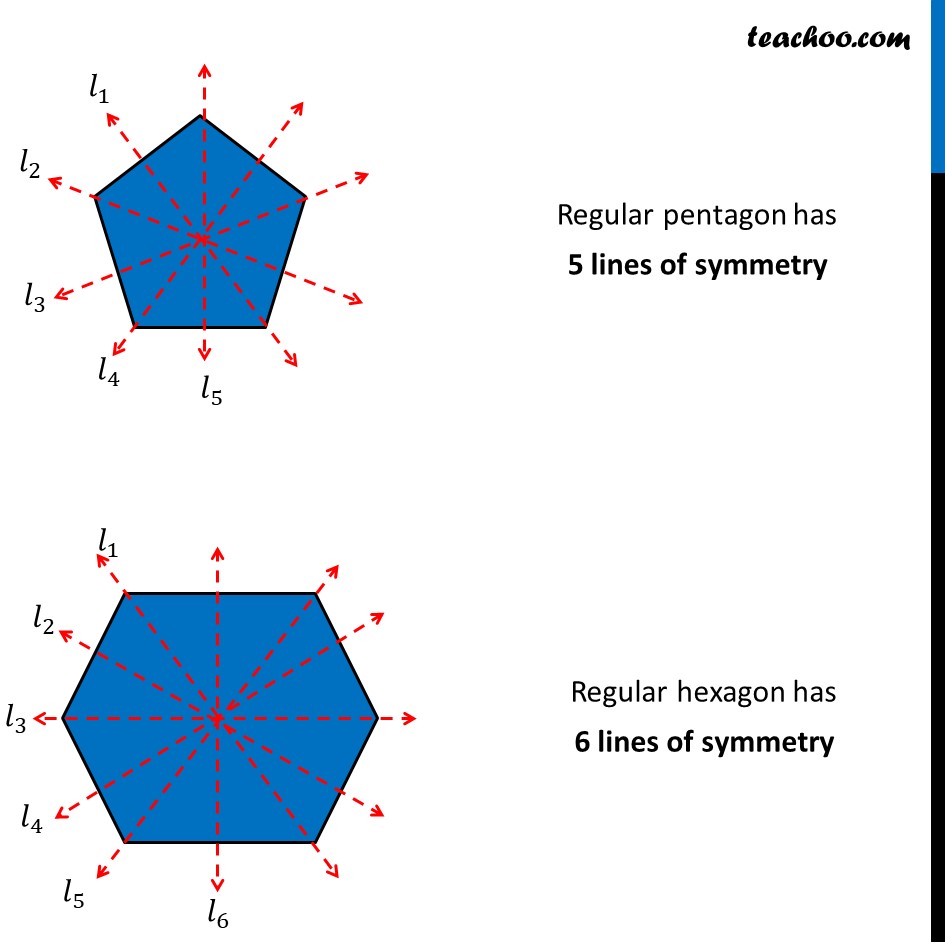
Lines of Symmetry Maths with Mum
A regular hexagon is defined as a closed 2D shape made up of six equal sides and six equal angles. Each angle of the regular hexagon measures 120°. The sum of all the interior angles is 120 × 6 = 720°. When it comes to the exterior angles, we know that the sum of exterior angles of any polygon is always 360°. There are 6 exterior angles in a hexagon.

GCSE Higher A hexagon with one line of symmetry problem solving YouTube
A regular hexagon has 6 lines of symmetry. A regular hexagon has 6 60° angles of rotation. This means that it has a rotational symmetry of order 6 and can be rotated in such a way that it will look the same as the original shape 6 times in 360°. Regular hexagon area formula. The formula for the area of a regular hexagon with side length s is:

Axes of Symmetry Hexagon KayleeaddBird
Symmetry examples. Lots of shapes have lines of symmetry, but some shapes have more than others. For example, a square has four lines of symmetry (one horizontal, one vertical, and two diagonal). On the other hand, some shapes have no lines of symmetry. For example, a circle and oval both have no lines of symmetry, because they're symmetrical.

Lines of Symmetry for Regular Polygons Definition, Properties, Examples
In a regular hexagon, if you know the value of the perimeter, you can calculate the length of each side by dividing the perimeter by six. For example, The regular hexagon shape below has a perimeter of 108 \, cm. 108 cm. You can calculate the length of each side by, 108 \div 6=18. 108 ÷ 6 = 18.

Class 6 A hexagon with exactly two lines of symmetry Teachoo
Example 3: using angles. Show that the hexagon below has no lines of symmetry. Locate the centre of the 2D shape. Show step. Draw a small x x in the centre of the hexagon (this does not have to be exact): Use a ruler to visualise a horizontal and/or vertical line of symmetry through the centre of the shape.

Hexagon Symmetry Triangle Regular Polygon Circle, PNG, 1058x1024px, Hexagon, Area, Axial
Line of symmetry. A line of symmetry is a line that divides a figure into two identical parts. The figure below shows 3 line of symmetry examples.. Point A on the hexagon reflects to A' which is not on the hexagon. A line of symmetry is known as a rigid motion (or transformation) in geometry since the figure that is reflected across it does.

draw a regular hexagon and draw its line of symmetry Brainly.in
An Equilateral Triangle (3 sides) has 3 Lines of Symmetry. A Square (4 sides) has 4 Lines of Symmetry. A Regular Pentagon (5 sides) has 5 Lines of Symmetry. A Regular Hexagon (6 sides) has 6 Lines of Symmetry. A Regular Heptagon (7 sides)

Hexagon Rotational Symmetry GeoGebra
Hexagon. Hexagons are 2D geometric polygons, known for being in honeycombs and pencils. A hexagon has six sides and six interior angles. Read on to find out more about the properties of these 6-sided shapes, including hexagon lines of symmetry. Download FREE teacher-made resources covering 'Hexagon'.

How many lines of symmetry are in the regular hexagon below?
The number of lines of symmetry for a shape can be determined by using a ruler to visualize when the shape or object can be divided equally into 2 equal pieces that are a reflection. the regular hexagon has 4 additional lines of symmetry. State the number of lines of symmetry. A regular hexagon has 6 lines of symmetry. Example 5: an.

Line of Symmetry of Regular Polygon [with Formula and Examples]
Each line of symmetry passes from each of the 5 corners, through the centre of the pentagon to the middle of the opposite side. Here are the 5 lines of symmetry shown on a regular pentagon. Lines of Symmetry of a Hexagon. A regular hexagon has 6 lines of symmetry. 3 lines of symmetry pass from each of the corners to the opposite corner.

Class 6 A hexagon with exactly two lines of symmetry Teachoo
A regular hexagon has six lines of symmetry. This is because a regular hexagon has six sides that are all equal. So, it contains six symmetry lines. In other words, a regular hexagon has its entire six sides equal and each of its angles measures 120o. three symmetrical lines are present along the lines joining the midpoints of opposite sides.

Where Are The Lines Of Symmetry On A Hexagon? Mastery Wiki
A figure has line symmetry if it can be reflected across a line back onto itself. An isosceles triangle has one line of symmetry from its vertex to the midpoint of the base.. Rotating the regular hexagon 60° about its center maps the hexagon back onto itself. A space figure, such as a wheel, has rotational symmetry if the shape of the.

The diagram of the hexagon below displays all the lines of symmetry for the hexagon. True or
4 Draw a line from each vertex through the center and check for line symmetry. 5 State the number of lines of symmetry. The equilateral triangle has 3 3 lines of symmetry. An equilateral triangle has 3 3 equal sides and 3 3 equal angles, so it will have 3 3 lines of symmetry.

Axis of Symmetry Drawn on a Hexagon ClipArt ETC
Draw the line of symmetry. 9. Draw a triangle that does not have a line of symmetry. Shade one more square so this pattern has one line of symmetry. 11. Here are some patterns. Circle any pattern that has a line of symmetry. 12. The diagram below shows a regular pentagon.

Regular Hexagon GeoGebra
A regular hexagon is said to have six lines of symmetry, 3 joining the opposite vertices and 3 joining the mid-points of the opposite sides. Similarly, a regular polygon with N sides has N lines of symmetry. Infinite Lines of Symmetry. A circle has infinite or no lines of symmetry. It is symmetrical along all its diameters.

Line of Symmetry of Regular Polygon [with Formula and Examples]
Solution. Verified by Toppr. A regular hexagon with six equal sides has six lines of symmetry. For all regular polygons, the number of lines of symmetry is equal to the number of sides. That is an equilateral triangle has 3 lines of symmetry, a square has 4 lines of symmetry, similarly a regular hexagon has 6 lines of symmetry. The answer is 6.